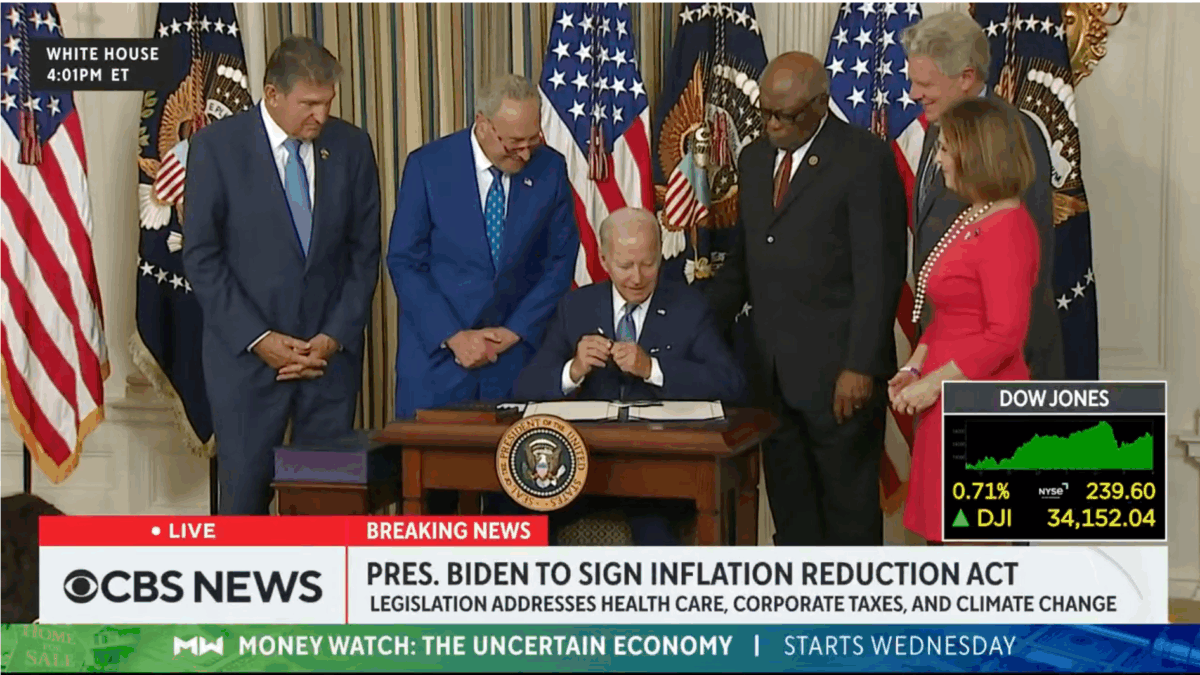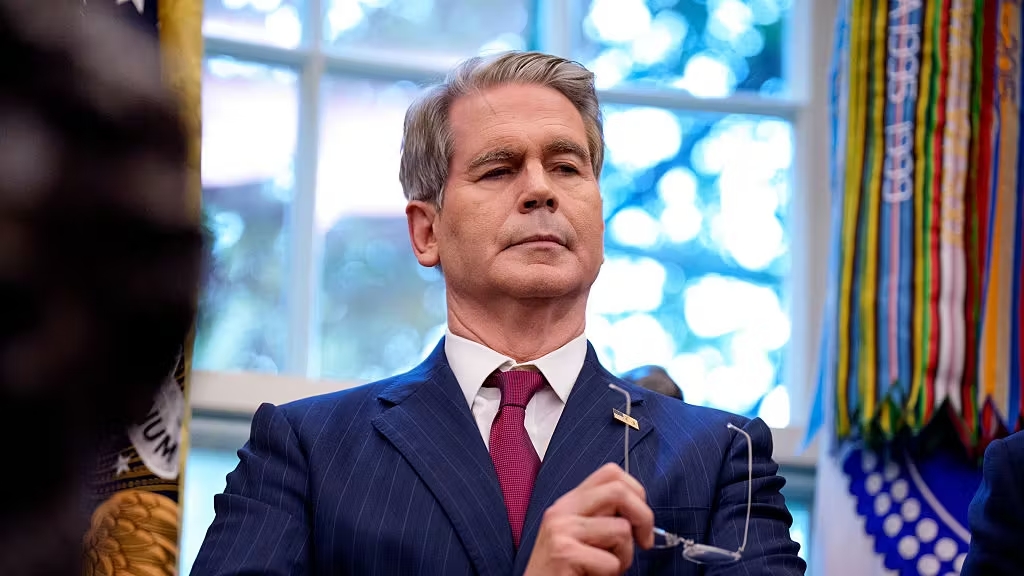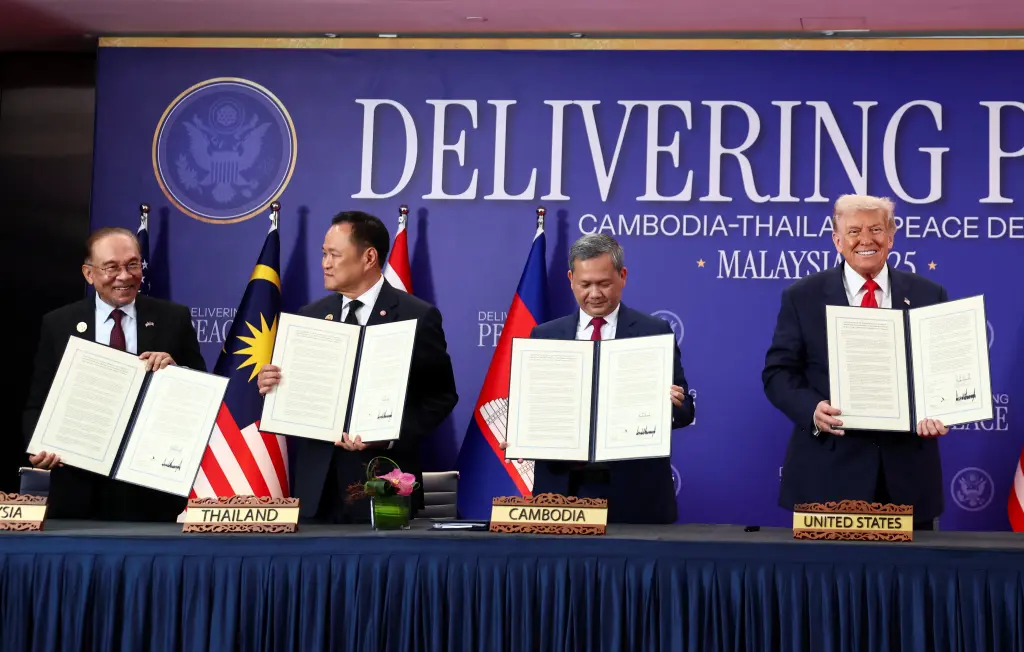As Milton Friedman wisely warned decades ago, “Nothing is so permanent as a temporary government program.” It’s a sentiment that rings all too true today, especially as the left pushes to extend the massive expansion of Obamacare subsidies sold under the guise of pandemic relief. The current government shutdown, now entering its third week, hinges on one thing: the preservation of the Biden Covid credits—an initiative that continues to cost taxpayers hundreds of billions of dollars and makes a complete mockery of the word “temporary.”
In March 2021, President Joe Biden signed the America Rescue Plan Act (ARPA), a nearly $2 trillion “stimulus” package that ostensibly aimed to save America from the pandemic. But as expected, it became a massive government overreach, greatly expanding subsidies for the failed Obamacare system. These subsidies were extended again in the Inflation Reduction Act of 2022, further bloating taxpayer payments to insurers.
How expensive is this? If Democrats get their way and force Republicans to accept their demands—reopening the government in exchange for extending the Covid credits beyond their expiration at the end of December—taxpayers will be stuck with an estimated $450 billion bill.
Trevor Carlsen, Senior Research Fellow at the Foundation for Government Accountability (FGA), said it best: “The expansion occurred under the argument that we needed to do this because we were in the midst of a pandemic.” By the time ARPA passed, many states were beginning to lift lockdowns, and businesses that were once deemed “non-essential” were back up and running. By 2022, when Democrats voted to extend the Biden Covid credits, the health emergency was long over. Yet the subsidies remained, further entrenching a bloated, inefficient system.
Americans are rightfully questioning why these higher healthcare subsidies, sold as a pandemic necessity, are still in effect years after the health emergency ended. Carlsen pointed out that the American people are demanding a return to normalcy, and frankly, that moment is long overdue.
The Democrats’ “temporary” Covid subsidy expansions have fundamentally altered the nature of Obamacare. Previously, Obamacare subsidies were only available to those with incomes below 400 percent of the federal poverty level (FPL). Now, the expanded subsidies are going to households well above that threshold—subsidizing even affluent households. According to the Centers for Medicare & Medicaid, 7 percent of households enrolled in the heavily subsidized health insurance exchanges in 2024 and 2025 reported incomes greater than 400 percent of the FPL, a number that was 8 percent in 2022 and 2023.
These “temporary” subsidies were supposed to prevent health insurance coverage rates from declining during the pandemic, but the public health emergency ended nearly two and a half years ago. Yet, here we are, still paying the price. The taxpayer burden is massive: taxpayers are now footing more than two-thirds of the premium for average enrollees with incomes between 200 and 250 percent of the FPL.
A majority of Americans agree it’s time for these subsidies to end. A recent poll from the Center for Excellence in Polling found that 65 percent of likely voters support returning to pre-Covid rates for lower-income Americans and ending federal healthcare payments for higher-income individuals. This includes majorities across the political spectrum, with 67% of Democrats, 66% of Independents, and 67% of Trump voters in favor of this policy shift.
Even if Republicans hold their ground and prevent the expansion from continuing, taxpayers are still on the hook for Obamacare’s original subsidies, which will cost nearly $1 trillion over the next decade. If Democrats succeed in pushing through the extension, the costs would increase by more than 40 percent.
But the financial burden is just one part of the problem. The Biden Covid credits have also led to rampant fraud. The system is rife with “phantom enrollees” who unknowingly signed up for multiple plans or were double-covered by both Medicaid and subsidized exchange plans. The FGA report notes that over 1.6 million individuals have double coverage, and in 2024 alone, taxpayers sent at least $35 billion to insurers for people who paid no premiums and never used their plans.
As Carlsen and Blase note, the expanded subsidies don’t just cost taxpayers—they also reduce employer-sponsored coverage, prop up insurer profits, and reinforce a dysfunctional regulatory structure that has driven up premiums, reduced plan quality, and limited Americans’ options for health coverage.
The ultimate goal of the Democratic Party is clear: turn this “temporary” welfare program into a permanent entitlement. And, as we know all too well, permanent government programs come with a steep price.
Carlsen put it best: “Americans are concerned with government that is too large. The government that can give you everything can also take away everything.” If Democrats succeed in making these subsidies permanent, we will all be paying the price for their political gamesmanship. It’s time for a change—before it’s too late.



